AppFlowy是Notion的开源替代品,你可以简单理解成这就是一个笔记软件。然后官方提供了一个自托管(self-host)版本:AppFlowy-Cloud,可以部署在自己的服务器上,无需使用官方的付费服务。
其实我半年前就部署过一次,试用了一会儿,当时就觉得这个程序的客户端UI真的太粗糙了,就没用下去,也懒得写文章记录部署的步骤,这回又故地重游了一次属于是。。心里想着半年过去了,这程序会不会变好一些?结果你猜怎么着?越来越拉了。。说句实话,我觉得这个AppFlowy-Cloud不值得我花这么长时间去部署,看看这个自托管版本的限制就知道了:
AI功能直接不让用,用户数量也限制只允许1个。。还有一堆其他的限制。。想赚钱能理解,但是你搞个自托管的版本限制成这个屌样,未免也有点太那啥了吧。。最TM骚的是这些限制在部署前找不到任何地方有说明,这是我部署好了后在管理员后台看到的。。你要在醒目的位置标明这些限制我压根就不会去部署了。
替大伙节约时间了,你看到这里可能就已经和我有一样的感受了,估计你也没有部署的欲望了,这东西不花钱真的就像一个大号的文本编辑器。。而且还有很多未知BUG,我刚部署的时候管理员后台直接报错打不开,隔了两天pull了个新的镜像后又能打开了(估计是他们修了BUG)但是还有一个问题是文件上传,只要上传的文件体积稍微大一点(10MB左右)就上传失败。。
遭老罪咯,花这么多时间去折腾这么个玩意,这个程序单说部署步骤也是同类产品中最繁琐的。。我的建议是花钱可以考虑,不花钱就别用了,自托管?搞笑的兄弟!我说的都是非常中肯的评价,好就是好,不好就是不好。
如果你想和我一起受罪,请开始准备工作:
1.一个域名A记录解析到:appflowy.example.com
2.系统的内存至少1GB,以下是我部署的全部服务内存占用情况,供参考:
3.系统的以下端口不能被其他程序占用,其中80/443端口用于给主机的NGINX反向代理:
80/443/3000/3001/8000/9999/9000/9001
我使用的系统是Debian13,安装NGINX/Docker:
apt -y update apt -y install curl nginx python3-certbot-nginx curl -fsSL https://get.docker.com -o get-docker.sh sh get-docker.sh
克隆AppFlowy-Cloud项目仓库:
cd /opt git clone https://github.com/AppFlowy-IO/AppFlowy-Cloud cd AppFlowy-Cloud
复制一份环境变量配置文件编辑:
cp deploy.env .env nano .env
需要修改的内容如下,全部写好了注释。其他没有在这里列出的内容可以保持默认值不做修改:
# 设置你的AppFlowy域名 FQDN=appflowy.example.com # 使用TLS SCHEME=https WS_SCHEME=wss # 数据库密码 POSTGRES_PASSWORD=dbpassword # MinIO的管理员账号密码,也用作s3存储桶的访问凭据 AWS_ACCESS_KEY=admin AWS_SECRET=miniopassword # AppFlowy管理员账号密码 GOTRUE_ADMIN_EMAIL=imlala@example.com GOTRUE_ADMIN_PASSWORD=appflowyadminpassword # 使用命令openssl rand -hex 32生成 GOTRUE_JWT_SECRET=0a7a5b32d2a28f51a1250d4d68e68aa7133e033b17eeb7a6e2a0d2ab5cb62cdb # 关闭自动验证用户账户 GOTRUE_MAILER_AUTOCONFIRM=false # 关闭用户注册功能 GOTRUE_DISABLE_SIGNUP=true # GOTRUE的SMTP配置: GOTRUE_SMTP_HOST=mail.example.com GOTRUE_SMTP_PORT=587 GOTRUE_SMTP_USER=smtp GOTRUE_SMTP_PASS=smtppassword GOTRUE_SMTP_ADMIN_EMAIL=smtp@example.com # AppFlowy的SMTP配置: APPFLOWY_MAILER_SMTP_HOST=mail.example.com APPFLOWY_MAILER_SMTP_PORT=587 APPFLOWY_MAILER_SMTP_USERNAME=smtp APPFLOWY_MAILER_SMTP_EMAIL=smtp@example.com APPFLOWY_MAILER_SMTP_PASSWORD=smtppassword APPFLOWY_MAILER_SMTP_TLS_KIND=opportunistic # "none" "wrapper" "required" "opportunistic" # AI配置 AI_OPENAI_API_KEY=sk-proj-xxxxx AI_OPENAI_API_SUMMARY_MODEL=gpt-4o-mini # 性能优化 APPFLOWY_COLLABORATE_MULTI_THREAD=true # PGadmin的管理员账号密码 PGADMIN_DEFAULT_EMAIL=imlala@example.com PGADMIN_DEFAULT_PASSWORD=pgadminpassword
由于我使用外部(主机)的NGINX来反向代理AppFlowy,所以需要编辑compose文件:
nano docker-compose.yml
注释或者删掉compose内的NGINX配置:
services:# nginx: # restart: on-failure # image: nginx # ports: # - ${NGINX_PORT:-80}:80 # Disable this if you are using TLS # - ${NGINX_TLS_PORT:-443}:443 # volumes: # - ./nginx/nginx.conf:/etc/nginx/nginx.conf # - ./nginx/ssl/certificate.crt:/etc/nginx/ssl/certificate.crt # - ./nginx/ssl/private_key.key:/etc/nginx/ssl/private_key.key
将其他服务的端口暴露出来,为安全起见这里全部配置成只监听在本地(127.0.0.1):
services:
...
minio:
restart: on-failure
...
ports:
- "127.0.0.1:9000:9000"
- "127.0.0.1:9001:9001"
...
gotrue:
restart: on-failure
...
ports:
- "127.0.0.1:9999:9999"
...
appflowy_cloud:
restart: on-failure
...
ports:
- "127.0.0.1:8000:8000"
...
admin_frontend:
restart: on-failure
...
ports:
- "127.0.0.1:3000:3000"
...
appflowy_web:
restart: on-failure
...
ports:
- "127.0.0.1:3001:80"
启动:
docker compose up -d
新建NGINX站点配置文件:
nano /etc/nginx/sites-available/appflowy
写入如下内容:
map $http_upgrade $connection_upgrade {
default upgrade;
'' close;
}
server {
listen 80;
server_name appflowy.example.com;
client_max_body_size 0;
underscores_in_headers on;
access_log /var/log/nginx/appflowy_access.log;
error_log /var/log/nginx/appflowy_error.log;
set $appflowy_cloud_backend "http://127.0.0.1:8000";
set $gotrue_backend "http://127.0.0.1:9999";
set $admin_frontend_backend "http://127.0.0.1:3000";
set $appflowy_web_backend "http://127.0.0.1:3001";
set $minio_backend "http://127.0.0.1:9001";
set $minio_api_backend "http://127.0.0.1:9000";
set $minio_internal_host "minio:9000";
# GoTrue
location /gotrue/ {
proxy_pass $gotrue_backend;
rewrite ^/gotrue(/.*)$ $1 break;
# Allow headers like redirect_to to be handed over to the gotrue
# for correct redirecting
proxy_set_header Host $http_host;
proxy_pass_request_headers on;
}
# WebSocket
location /ws {
proxy_pass $appflowy_cloud_backend;
proxy_http_version 1.1;
proxy_set_header Upgrade $http_upgrade;
proxy_set_header Connection "Upgrade";
proxy_set_header Host $host;
proxy_set_header X-Real-IP $remote_addr;
proxy_set_header X-Forwarded-For $proxy_add_x_forwarded_for;
proxy_set_header X-Forwarded-Proto $scheme;
proxy_read_timeout 86400s;
}
location /api {
proxy_pass $appflowy_cloud_backend;
proxy_set_header X-Request-Id $request_id;
proxy_set_header Host $http_host;
location ~* ^/api/workspace/([a-zA-Z0-9_-]+)/publish$ {
proxy_pass $appflowy_cloud_backend;
proxy_request_buffering off;
client_max_body_size 256M;
}
# AppFlowy-Cloud
location /api/chat {
proxy_pass $appflowy_cloud_backend;
proxy_http_version 1.1;
proxy_set_header Connection "";
chunked_transfer_encoding on;
proxy_buffering off;
proxy_cache off;
proxy_read_timeout 600s;
proxy_connect_timeout 600s;
proxy_send_timeout 600s;
}
location /api/import {
proxy_pass $appflowy_cloud_backend;
# Set headers
proxy_set_header X-Request-Id $request_id;
proxy_set_header Host $http_host;
# Timeouts
proxy_read_timeout 600s;
proxy_connect_timeout 600s;
proxy_send_timeout 600s;
# Disable buffering for large file uploads
proxy_request_buffering off;
proxy_buffering off;
proxy_cache off;
client_max_body_size 2G;
}
}
# Minio Web UI
location /minio/ {
proxy_pass $minio_backend;
rewrite ^/minio/(.*) /$1 break;
proxy_set_header Host $http_host;
proxy_set_header X-Real-IP $remote_addr;
proxy_set_header X-Forwarded-For $proxy_add_x_forwarded_for;
proxy_set_header X-Forwarded-Proto $scheme;
proxy_set_header X-NginX-Proxy true;
## This is necessary to pass the correct IP to be hashed
real_ip_header X-Real-IP;
proxy_connect_timeout 300s;
## To support websockets in MinIO versions released after January 2023
proxy_http_version 1.1;
proxy_set_header Upgrade $http_upgrade;
proxy_set_header Connection "upgrade";
# Some environments may encounter CORS errors (Kubernetes + Nginx Ingress)
# Uncomment the following line to set the Origin request to an empty string
# proxy_set_header Origin '';
chunked_transfer_encoding off;
}
location /minio-api/ {
proxy_pass $minio_api_backend;
# Set the host to internal host because the presigned url was signed against the internal host
proxy_set_header Host $minio_internal_host;
proxy_set_header X-Real-IP $remote_addr;
proxy_set_header X-Forwarded-For $proxy_add_x_forwarded_for;
proxy_set_header X-Forwarded-Proto $scheme;
rewrite ^/minio-api/(.*) /$1 break;
proxy_connect_timeout 300s;
proxy_http_version 1.1;
proxy_set_header Connection "";
chunked_transfer_encoding off;
}
# Admin Frontend
location /console {
proxy_pass $admin_frontend_backend;
proxy_set_header X-Scheme $scheme;
proxy_set_header Host $host;
proxy_set_header X-Real-IP $remote_addr;
proxy_set_header X-Forwarded-For $proxy_add_x_forwarded_for;
proxy_set_header X-Forwarded-Proto $scheme;
}
# AppFlowy Web
location / {
proxy_pass $appflowy_web_backend;
proxy_set_header X-Scheme $scheme;
proxy_set_header Host $host;
proxy_set_header X-Real-IP $remote_addr;
proxy_set_header X-Forwarded-For $proxy_add_x_forwarded_for;
proxy_set_header X-Forwarded-Proto $scheme;
}
}
启用站点:
ln -s /etc/nginx/sites-available/appflowy /etc/nginx/sites-enabled/appflowy
签发SSL证书:
certbot --nginx --email example@lala.im --agree-tos --no-eff-email
三个WebUI将在如下网址提供访问:
# AppFlowy Web UI https://appflowy.example.com # AppFlowy管理员后台 https://appflowy.example.com/console # MinIO Web UI https://appflowy.example.com/minio
1.使用GOTRUE_ADMIN_EMAIL/GOTRUE_ADMIN_PASSWORD既可以登录AppFlowy Web UI也可以登录AppFlowy管理员后台。
2.使用AWS_ACCESS_KEY/AWS_SECRET可以登录MinIO Web UI。
效果:
 荒岛
荒岛
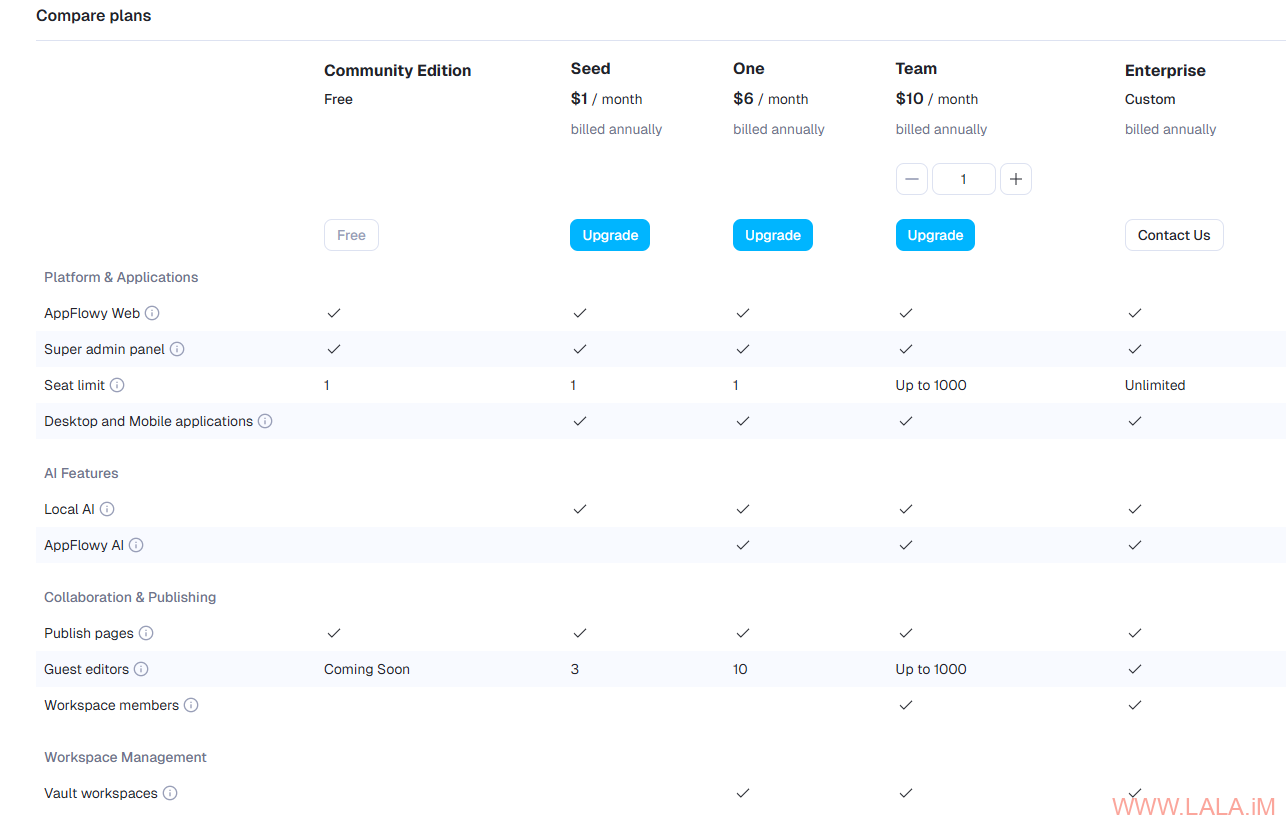



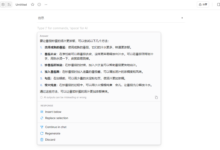
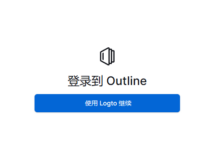

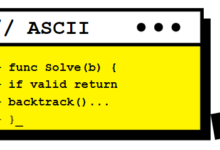
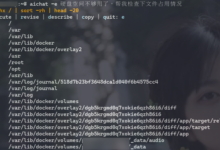
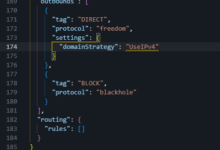





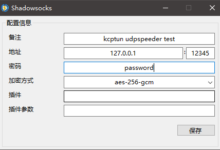
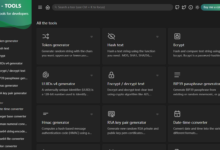


看头像长的好像是还可以= =
所以开源的推荐哪个,affine和siyuan都不怎么顺手,outline好看但是不支持客户端和多标签
推荐不了,不是这有点问题就是那有点问题,没有用着特别顺手的。。最近在关注这个https://github.com/streetwriters/notesnook,但是自建特别麻烦。
不过最近这次的更新可以使用官方的那些template了,年底如果能上全文搜索感觉能凑合用